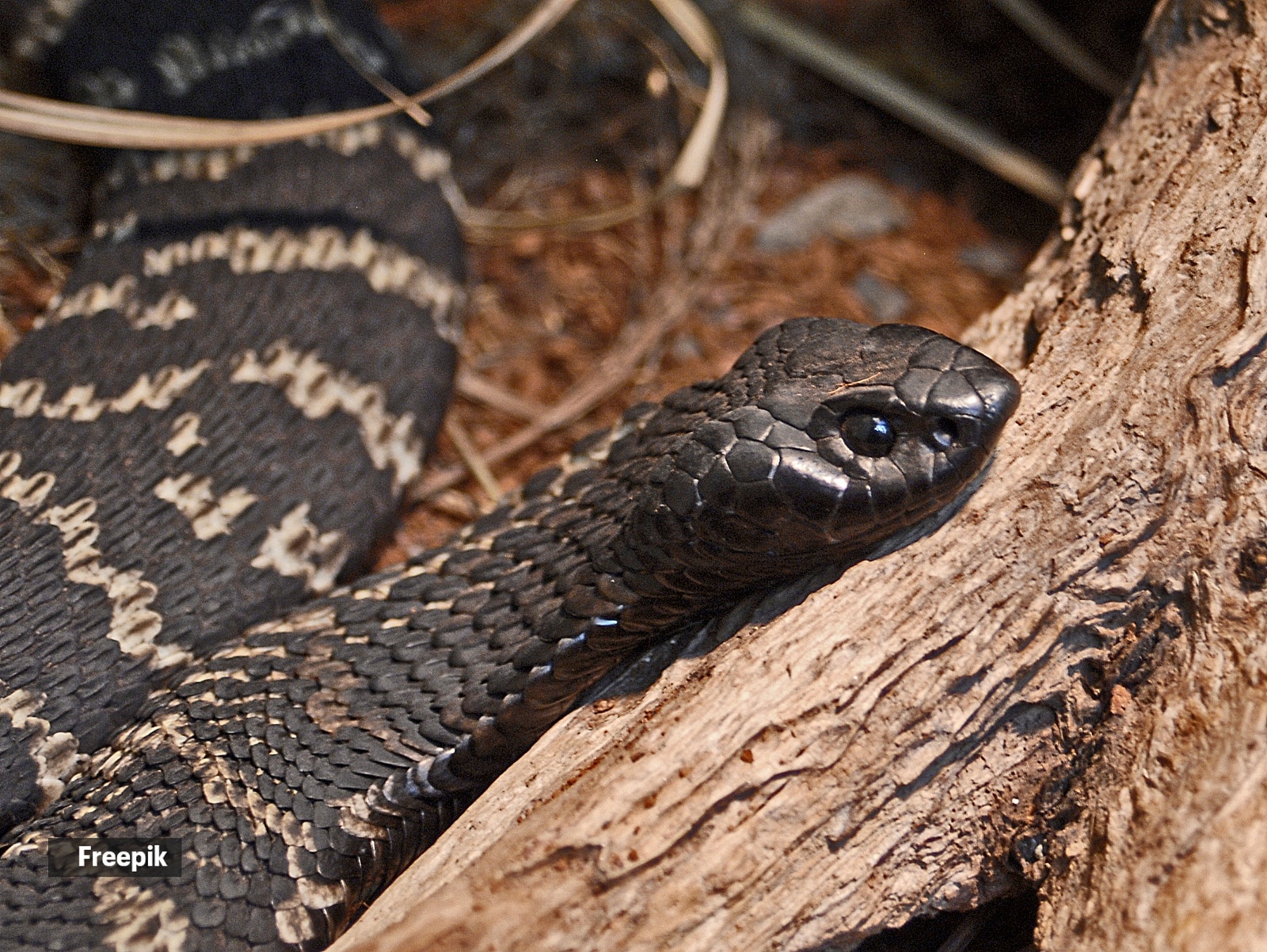📣 For more lifestyle news, click here to join our WhatsApp Channel and also follow us on Instagram
Meet ‘Rinkhal’ snake, the only non-cobra that spits venom and fakes its death
The rinkhal is a unique snake from Southern Africa that has mastered two incredible defensive tactics.
 Rinkhals are known for faking death to save themselves from predators. (Photo: Freepik)
Rinkhals are known for faking death to save themselves from predators. (Photo: Freepik) Amidst the rich biodiversity of South Africa, a snake is defying conventions. Known as ‘rinkhals’ or rinkhal snakes, these non-cobras have mastered the art of spitting venom. Hailing from the elapid (venomous snake) family, known for its defence and deception, rinkhals fascinate with their ability to spit poison far away and for faking death — and they do it quite convincingly.
Venom as defence
Call it art or an act, spitting among rinkhals is a purely defensive mechanism. The snakes spit when they sense that their territory is under threat. As a result, they spread their hood, a tactic that resembles a cobra’s defence technique. The behaviour makes the rinkhals look like cobras.
The spitting of venom is aimed at targeting the predator’s eyes. For instance, when the predator is hit directly in the eye, the potent mix of neurotoxins and cytotoxins in the poison is believed to cause intense pain, swelling and temporary blindness to them. It’s a strategic move by the rinkhal to steal time for itself to slither away to safety. This effective tactic is considered highly efficient in preventing attackers from directly fighting with rinkhals.
 Rinkhals fake death to protect their territory from predators. (Photo: Freepik)
Rinkhals fake death to protect their territory from predators. (Photo: Freepik)
Faking death
While spitting venom is an interesting strategy to scare off the predator, rinkhals are masters at feigning death, too. The strategy is manoeuvred only when the snake feels cornered or its venomous spray has not worked against the predator. It’s a last-ditch effort by the snake to protect its territory.
But what’s interesting about this deceiving strategy is the theatrics performed by the snake. At first, it will agitate violently, then suddenly act limp, move back and forth, reveal its pale side and stick its tongue out.
The act continues for several minutes, with the snake acting lifeless, even when prodded. The motive is to make the attacker believe that the snake has died, to make them lose interest and leave the sight. Besides, scavengers are often wary of consuming something that could have died due to an infection or a disease.
And most of the time, rinkhals succeed in disguising the predator. Once it realises the danger has passed, the snake swiftly retreats into its normal state.
Appearance
The moderately-sized snake typically grows from three feet to three and a half feet long. Its complexion varies from grey or brown to dark black with cream-coloured rings or bands on its throat. These bands hold significance as unique traits, highly visible when the snake spreads its hood.
Where to find them: Rinkhals are native to the grasslands, fynbos, and montane regions of Southern Africa.
What do they eat: They can be found in suburban gardens or fields where they look for prey, such as frogs, toads, or small rodents. Unlike many snakes, it is not particularly shy and can often be found in suburban gardens or fields, where it preys on frogs, toads, and small rodents.
📣 For more lifestyle news, click here to join our WhatsApp Channel and also follow us on Instagram
Photos



- 01
- 02
- 03
- 04
- 05
























